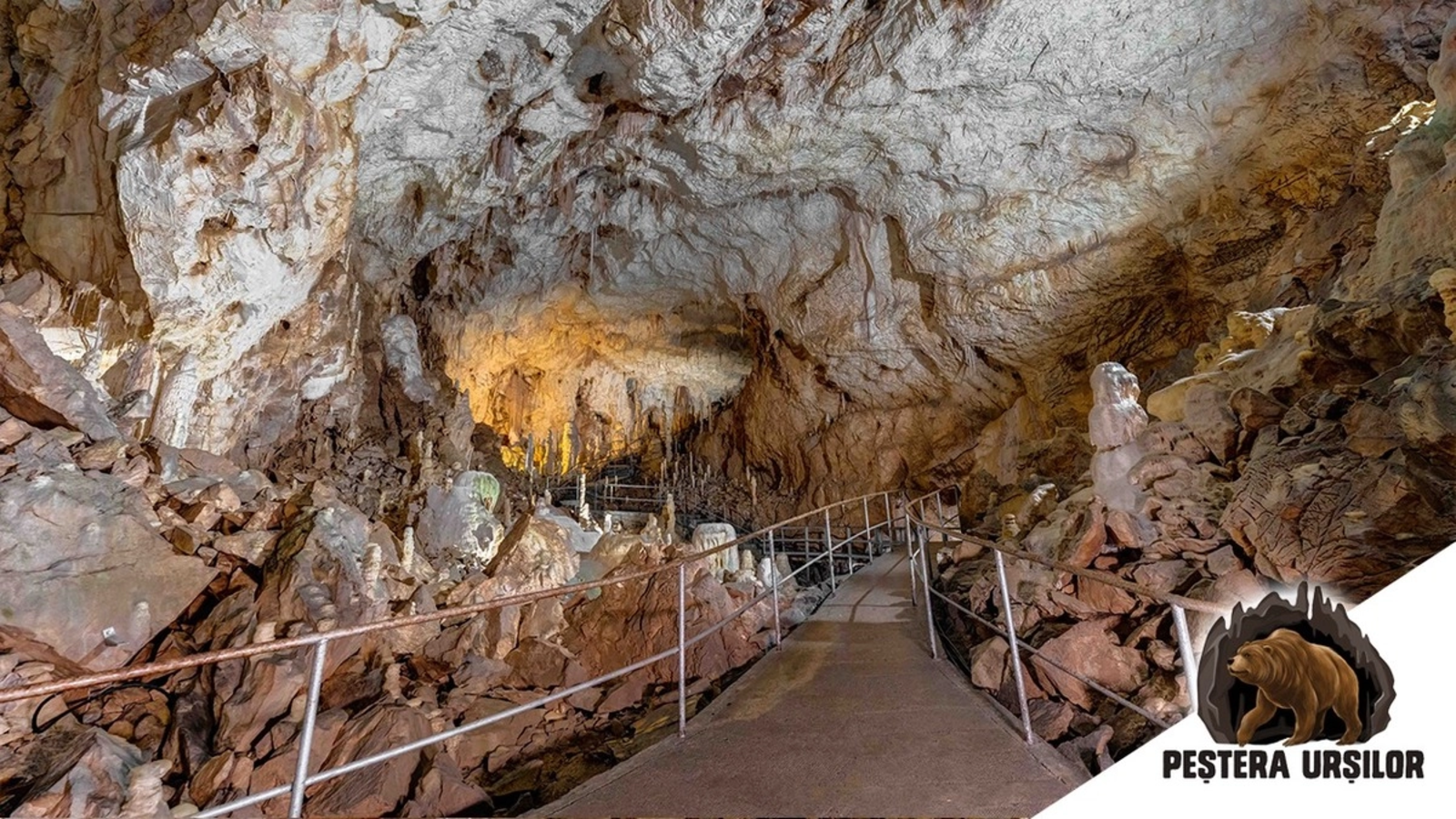Under a collaboration initiative between academia, professional institutions and experts, the Bears' Cave - a geological marvel located in the Apuseni Mountains in a protected area of national interest - was 3D scanned for the first time by a team of Oradea students with the support of a specialist company, the University of Oradea announced in a release on Tuesday.
"The 3D scanning of a cave is important because it allows the top-precise documentation of geological and biological changes through repeated measurements at certain time intervals, contributing to the development of knowledge of the underground environment and the improvement of its conservation. Creating a digital database is useful in the long-term monitoring and conservation of this unique site," the release states.
"The assessment of the so-called cave inventory, that is, everything inside the underground cavity - and we are talking about hundreds of thousands of objects whose sizes, density and location make a classic evaluation through direct observation and measurement almost impossible, has always been a great challenge. Therefore, under this partnership, the Faculty of Civil Engineering, Cadastre and Architecture wishes to meet this challenge with the proposal for a technical solution through which to develop together with the Apuseni Natural Park Administration the best methods for the evaluation and monitoring of underground habitats, and the Bears' Cave serves as a pilot area for this initiative," declared the Faculty Vice-Dean Aurelian Buda.
The 3D scanning was carried out by Land Surveying and Cadastre students coordinated by a team of teaching staff and with the support of SC Giscad SRL, which provided the necessary equipment featuring high-performance technologies such as Wingtra One Gen II and NavVis VLX.
"This practical activity was a valuable opportunity for the students of the Land Surveying and Cadastre specialization to combine theoretical knowledge with concrete applications, in the field, in a natural setting of particular speleological and historical importance," added Aurelian Buda.
The Bears' Cave in Bihor County sits in a protected area of national interest, also included in the Natura 2000 network as a protected area of community interest, is known mainly for the cave bear fossils discovered there, and which also gave the hollow formation its name.
Yet the Bears' Cave is also known as the most beautiful tourist cave in Romania, due to the richness and diversity of its mineral deposits or speleothems. The cave was discovered accidentally in 1975, during work in a limestone quarry located on the edge of the village. The beauty and impressive size of the underground cavern led the authorities of the time to stop the quarry exploitation and to enhance the cave for tourism purposes by developing a modern visitor infrastructure both inside and outside.

































Comentează